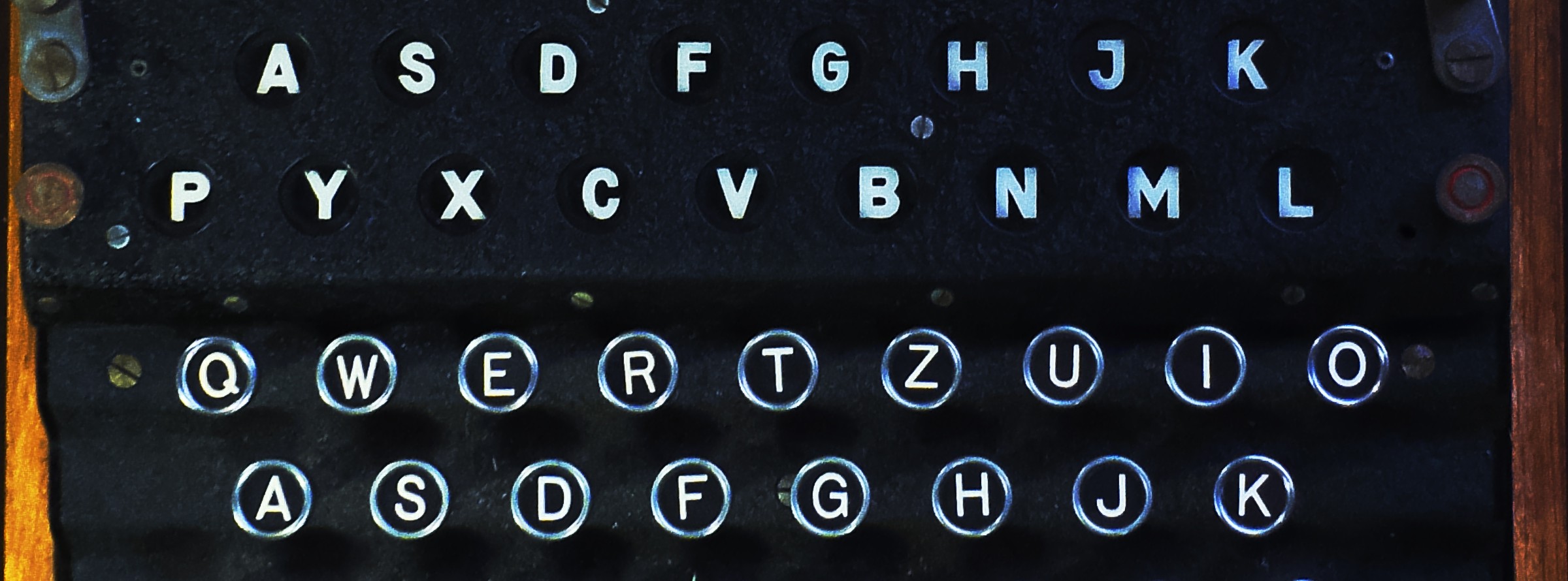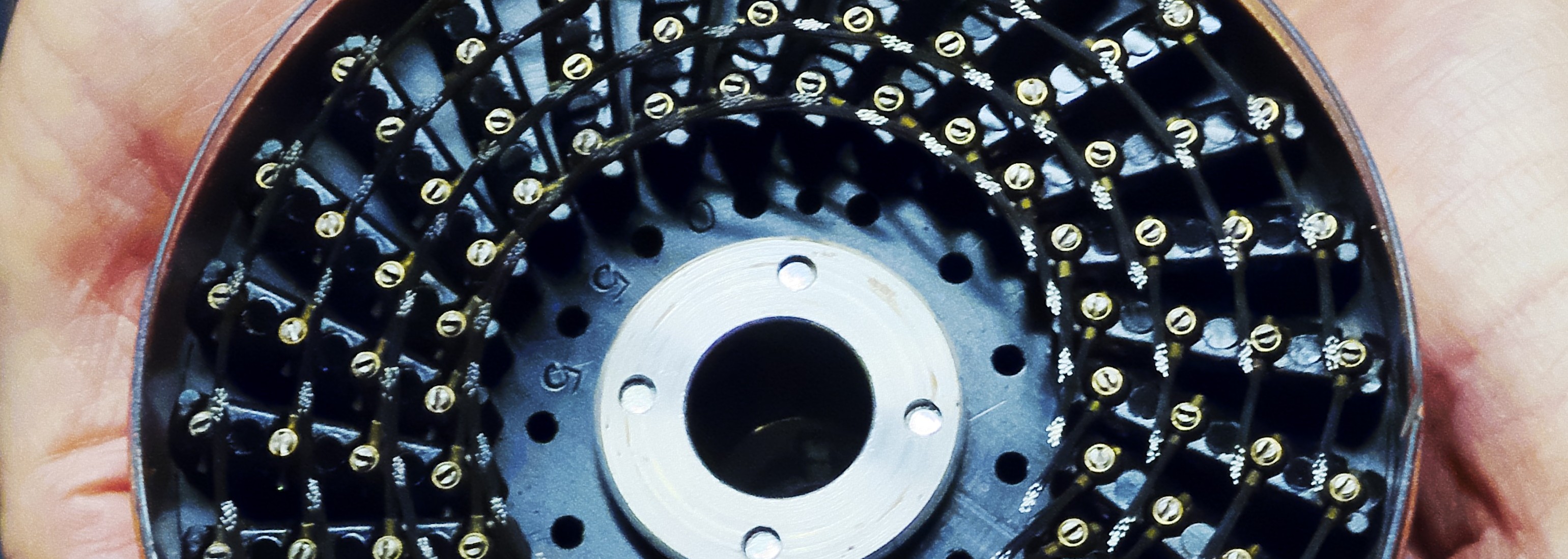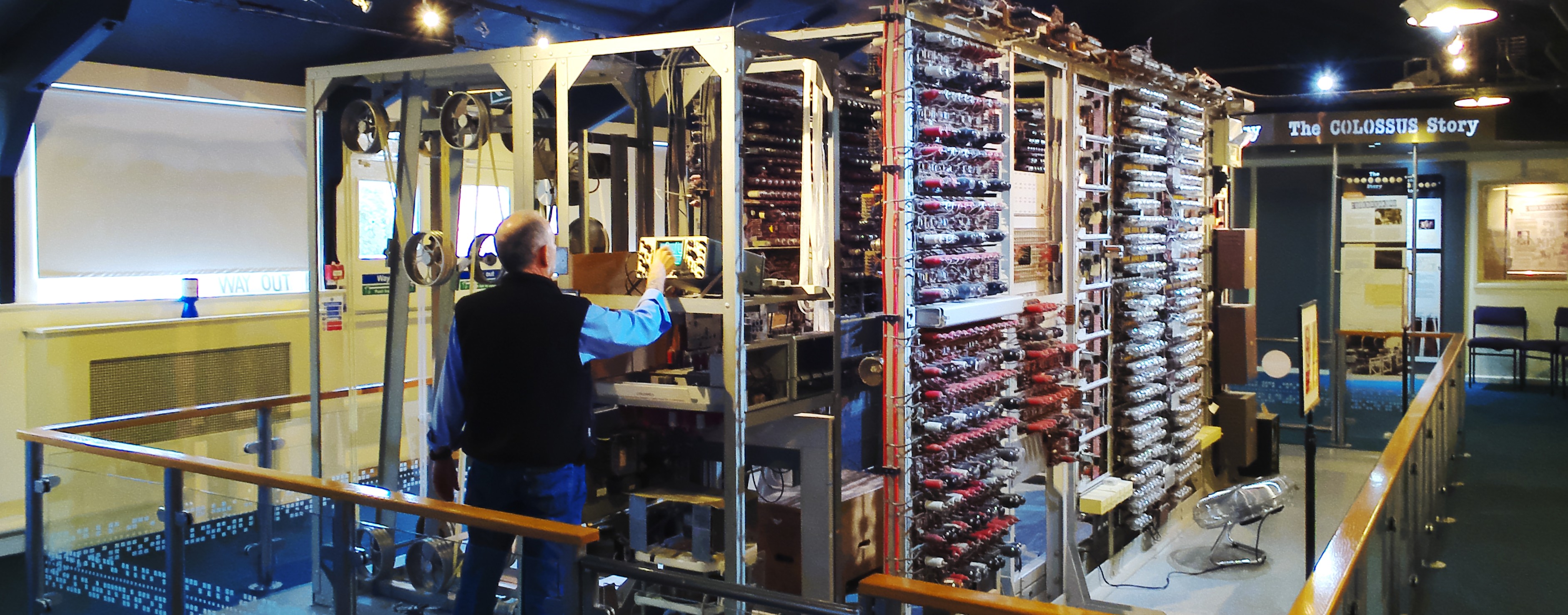Firle Place is a quintessentially English country mansion, set in hundreds of acres of parkland surrounding a Sussex village. It has been the home of the Gage family for over five hundred years.
Although 18th Century in appearance,  Firle Place was originally built in Tudor times on the site of an earlier house by Sir John Gage. Much of the original building remains beneath the eighteenth century masonry and plasterwork of the house we see today.
Firle Place was originally built in Tudor times on the site of an earlier house by Sir John Gage. Much of the original building remains beneath the eighteenth century masonry and plasterwork of the house we see today.
The 18th Century transformation of the house was commenced by Sir William Gage, and completed by his cousin, the lst Viscount Gage, when he inherited the property in 1744. The distinctive Caen stone that now faces much of the exterior was, in all likelihood, brought from the dissolved Priory of St. Pancras at Lewes, (granted to Sir John by King Henry in 1541), and re-used in subsequent iterations of the house.
Today the house looks much as it did then, in the eighteenth century, as subsequent family members confined their attentions to its interior and grounds. After the First World War a restoration was carried out by the Architect William Hanslip Fletcher for the 6th Viscount, and a number of interesting architectural features of the original Tudor house were discovered and exposed to view.
During the wartime era of Bletchley Park’s great discoveries, the pupils of Southover School in Lewes occupied the house using the state rooms as classrooms and dormitories, and eating their meals in the Great Hall.
The girls were well behaved, unlike the three successive divisions of Canadian soldiers stationed there between 1940 and 1945 who caused much damage to the house and, to the consternation of the 6th Viscount, emptied its cellars of his prized wines.
The Gage family continue to live at Firle Place and manage the estate, which includes the large indoor Georgian Riding School, the venue for Celebrating Bletchley Park.







